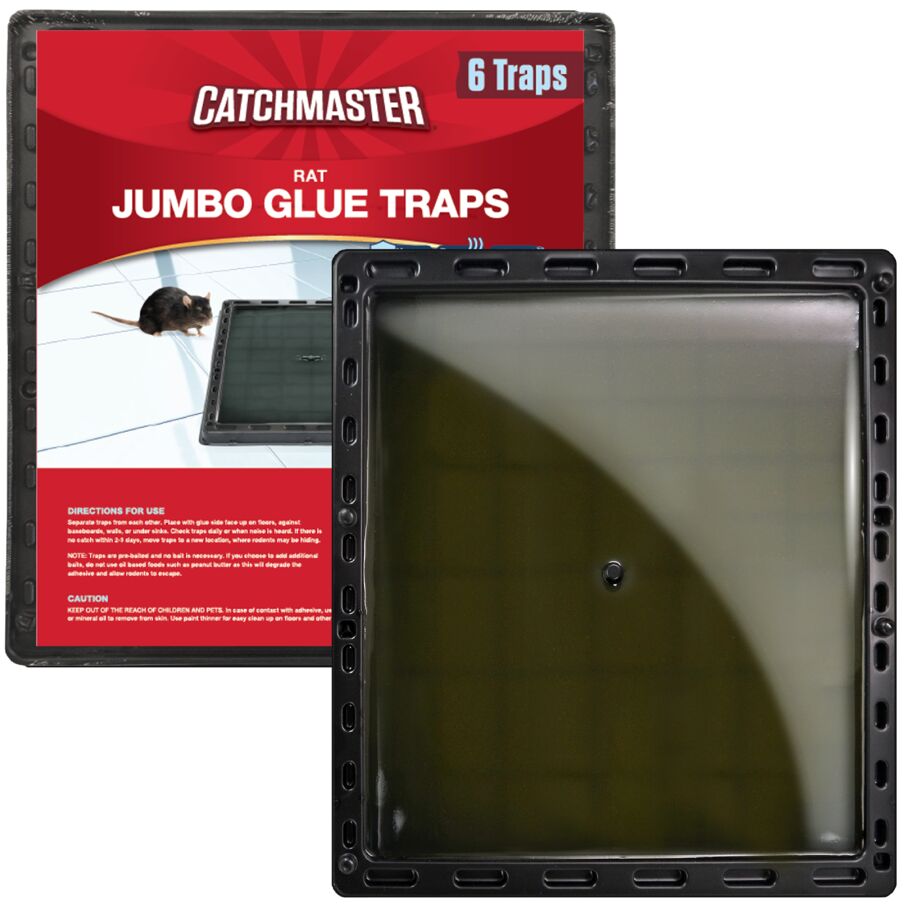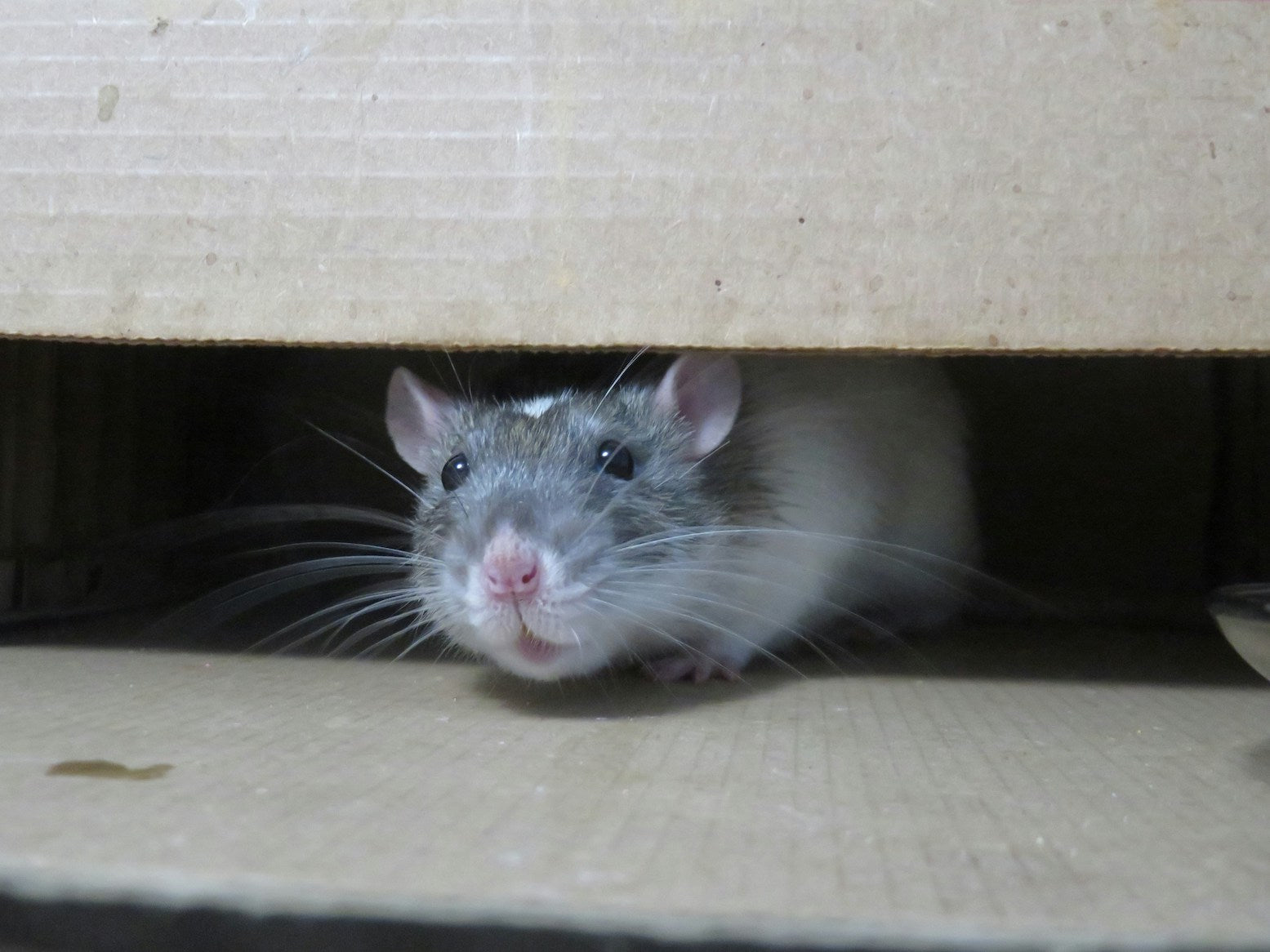
Rodents are more than just a nuisance. They can cause dangerous structural damage, contaminate food, and pose serious health risks for you and your family.
Ensuring a pest-free living environment is all about being proactive and taking the steps necessary to protect your home. In this blog, we’ll share some of the best rodent exclusion methods to use as the first and most effective line of defense against these furry creatures.
What Rodent Exclusion Means and Why It Works
Did you know that an adult mouse can squeeze through a hole the size of a dime, while rats only need a hole the size of a quarter? An afternoon of uncovering and sealing entry points in your home can help keep it pest-free, no matter the season.
Rodent exclusion control simply means sealing and securing all possible points of entry into a building. Taking this proactive step can easily reduce and even eliminate pest and rodent activity in the home.
Effectively using rodent exclusion methods can also be cost-effective, as it reduces the need for chemical pesticides or rodenticides. The result is a safe alternative for both humans and the environment.
Rodent Exclusion Tips for a Pest-Free Home
Rodent exclusion focuses on identifying and sealing potential entry points, no matter how small. Some of the most common rodent entry points include:
- Cracks and crevices in the foundation
- Improperly sealed vents
- Attics
- Drain pipes
- Door sweeps
- Window screens
- Garage doors
Get in the habit of regularly checking your home for mouse hiding spots, especially in those seven areas. If you find any holes or entry points, be sure to cover or seal them immediately to prevent a mouse infestation.
The Best Materials for Sealing Mouse and Rat Entry Points
Effective rodent exclusion starts with using the right materials. You’ll need to use products that rodents cannot easily chew or gnaw through.
Not all sealants or barriers are created equal. Here are some of the best rodent exclusion products.
Steel Wool and Copper Mesh
Steel wool and copper mesh are go-to materials for blocking small gaps and holes.
If you’re looking for an inexpensive and easily moldable material that is hard for rodents to chew through, try steel wool. For outdoor use, copper mesh offers similar benefits, without the risk of rusting.
For best results, pack the wool or mesh tightly into the opening and secure it with caulk or foam to hold it in place. This combination creates a durable, chew-resistant barrier to keep rodents from sneaking in.
Sealants, Caulk, and Foam
Once gaps are filled with mesh or wool, sealing them with the right product ensures long-term protection.
- Silicone caulk is flexible, waterproof, and ideal for sealing cracks around windows, doors, and siding.
- Polyurethane foam expands to fill larger holes, which is particularly useful around utility equipment and foundation gaps.
- Rodent-resistant foams are specially formulated to deter gnawing.
Avoid using materials like rubber, plastic, or soft wood. Rodents can easily chew through them.
Screens for Vents and Openings
Vents, chimneys, and attic openings are other common entry points for rodents. It may seem simple, but installing screens over vents and openings is a powerful exclusion tactic.
When sealing a vent, be sure to:
- Use galvanized hardware cloth with a mesh size of ¼ inch or smaller to cover vents and crawl space openings.
- Install a chimney cap to prevent rodents (and other wildlife) from entering.
- Ensure all screens are tightly secured and free of rust or tears.
These barriers allow airflow while keeping unwanted guests out.
Simple Maintenance Habits That Keep Rodents Out
Exclusion isn’t a one-time fix. Regular maintenance and upkeep are key to keeping your home rodent-free.
Each season, inspect your home for new gaps, cracks, or signs of gnawing. Pay special attention to the foundation, roof, and areas where utilities connect to your home.
Be sure to keep your yard trimmed and maintained. Lots of leaf litter, overhanging branches, and dense shrubs provide the perfect outdoor hiding places for mice or rats.
Rodents are drawn to easy food sources. Eliminate this by storing food in airtight containers, cleaning up crumbs promptly, and always properly disposing of trash.
Finally, be sure to declutter storage areas like basements, garages, and attics. Rodents love nesting in undisturbed piles of boxes or insulation.
Pairing Exclusion With Catchmaster Traps for Lasting Protection
So, is rodent exclusion worth it? Absolutely! But even with your best efforts, some rodents may still find a way in. That’s where Catchmaster rodent traps come in.
Our full line of professional-grade, non-toxic products makes rodent trapping easy. No matter which trap you choose, you’ll be happy you chose Catchmaster®!






